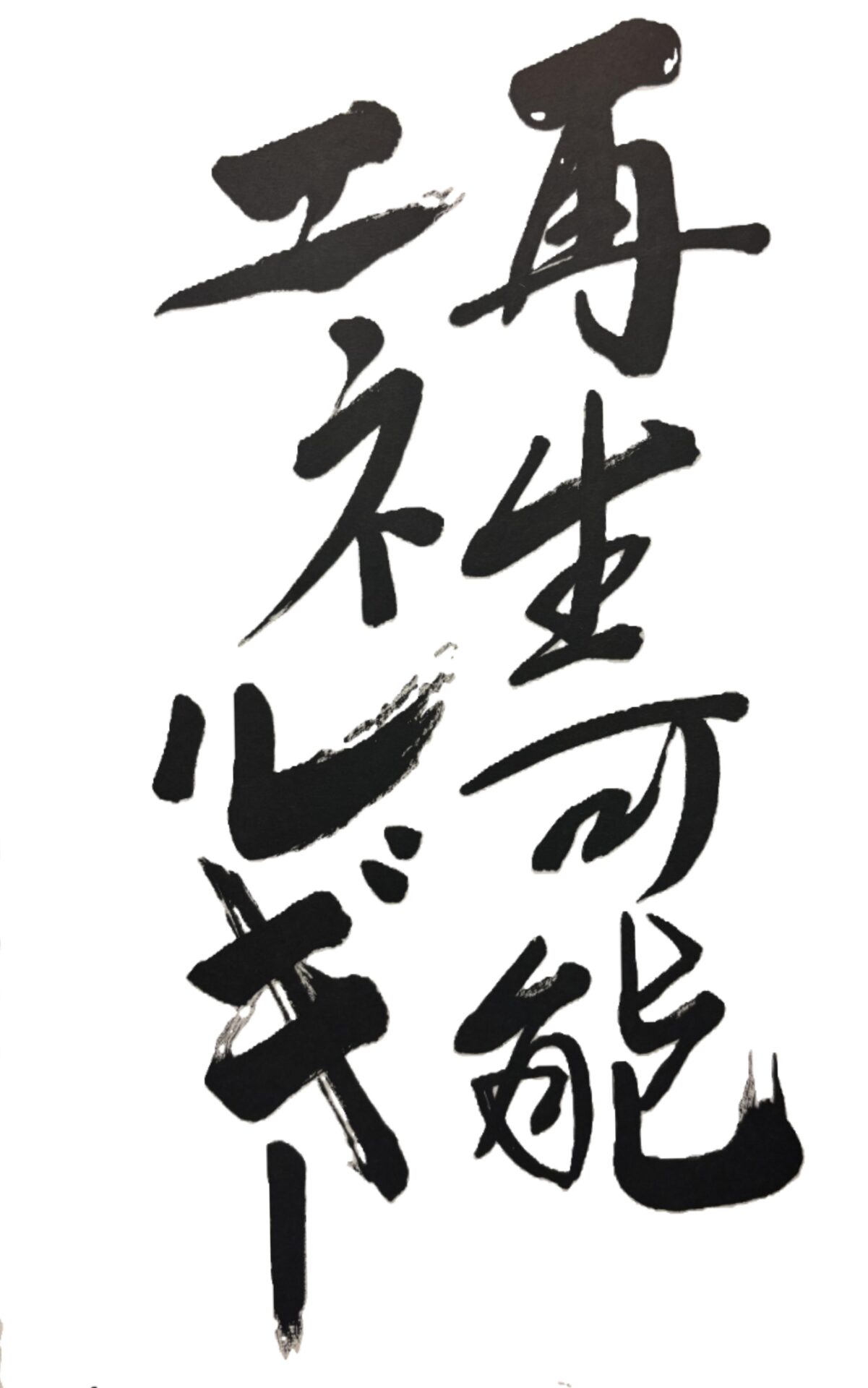At Inui International Law Firm, based in Kyoto, Japan, we specialize in cross-border legal matters, including renewable energy, infrastructure, and international business. But beyond legal services, we are also passionate about sharing the richness of Japanese culture with our global community.
As the firm’s founding attorney, I would like to begin this series of cultural columns with a personal reflection on Japanese calligraphy, or shodō—a traditional art form I am currently studying.
Each lesson begins by grinding an ink stick against an inkstone to make sumi ink. This quiet ritual—done by hand, not machine—has a remarkably calming effect. The faint scent of the ink and the slow, deliberate movement of preparing it help settle the mind. It is a moment of transition, from daily distractions into deeper focus.
Using a traditional brush (fude), I carefully follow my teacher’s model, writing each character stroke by stroke. This practice brings about a deep state of mindfulness, much like “Zen” meditation (not that I understand Zen or anything!). The balance of attention, breathing, and movement makes it more than just writing—it becomes a form of spiritual centering.
My teacher, who speaks fluent English, offers calligraphy workshops for international visitors in Kyoto. Whether you’re a tourist or a business traveler, it’s a wonderful way to connect with authentic Japanese aesthetics and philosophy. No prior experience is necessary, you’ll likely find it both calming and fun!
If you are interested, please check out CHIFUMI Calligraphy Kyoto’s website here.
Below is a photo of a piece I practiced in class under my teacher’s guidance. It features the phrase “再生可能エネルギー,” which means “renewable energy.”

Calligraphy like this combines language, art, and mindfulness—and reflects my dual passion for renewable energy and Japanese culture.
I look forward to sharing more reflections on Japanese culture through this series—from the perspective of a Kyoto-based lawyer.
